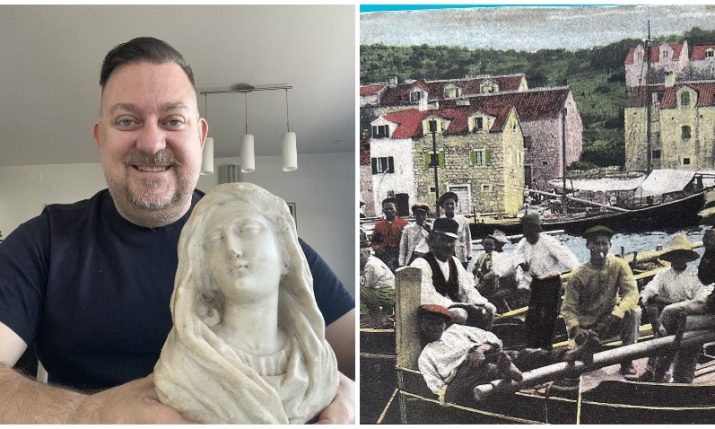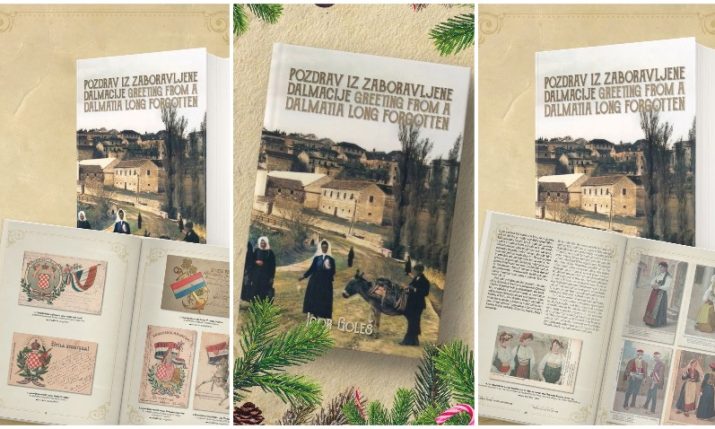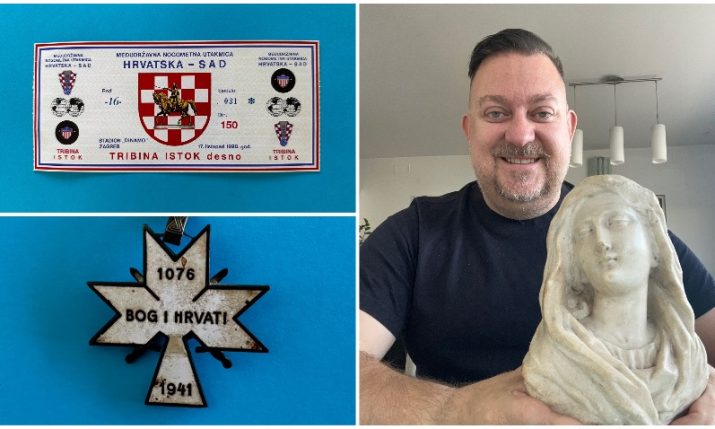The story of Croatian freedom fighter Andrija Šimić
- by croatiaweek
- in Entertainment
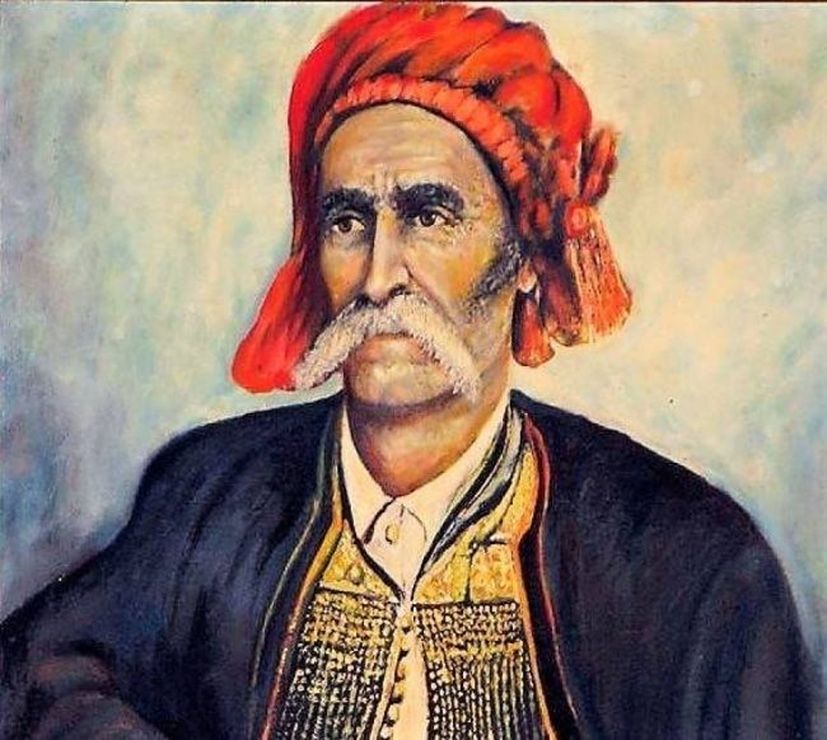
Andrija Šimić (Image: Forgotten Dalmatia)
At the time when the Turkish Empire was weakening, the poor Christian population in Bosnia and Herzegovina was being oppressed. In the 19th century the imposts and taxes were growing bigger and the ruling Muslim caste grew more ruthless. As resistance to such oppression, the number of hajduks grew. At that time that was the only form of resistance against Ottoman Turks in these areas.
The hajduks, the local name for outlaws or freedom fighters, were often of Christian background and were known for resisting the oppression and tyranny of the Ottoman Empire.
The most eminent among the Croatian hajduks was Andrija Šimić, born on 22nd November 1833, in the small village of Alagovac, in Ružići in western Herzegovina.
Šimić’s hajduk gang attacked and robbed the passengers, blackmailed rich Muslims, but also Christians. When they needed money desperately, they would also rob the poorer passengers. Šimić, known and popular as Hajduk Andrijica, forbid his partners to intercept and rob women.
Even though he was a hajduk, he tried to remain moral and pointed out he was a believer. Šimić’s hajduk gang was active in the second half of 1868 and through the entire 1869 in the Turkish territory. At the end of 1869, they moved their activities to Austro-Hungarian Empire. Together with people from Vrlika, they came to Imotska krajina, where in Vinjani near Imotski, they robbed people on their way to a fair in Duvno, on 26th August 1870. This robbery was the final straw and both Austrian and Turkish authorities were mobilized and planning their arrest.
The most eminent among the Croatian hajduks was Andrija Šimić, born on 22nd November 1833, in a small village Alagovac, district Ružići, in the western Herzegovina.
Šimić’s hajduk gang attacked and robbed the passengers, blackmailed rich Muslims, but also Christians. When they needed money desperately, they would also rob the poorer passengers. Šimić, known and popular as Hajduk Andrijica, forbid his partners to intercept and rob women. Even though he was a hajduk, he tried to remain moral and pointed out he was a believer. Šimić’s hajduk gang was active in the second half of 1868 and through the entire 1869 in the Turkish territory.
At the end of 1869, they moved their activities to Austro-Hungarian Empire. Together with people from Vrlika, they came to Imotska krajina, where in Vinjani near Imotski, they robbed people on their way to a fair in Duvno, on 26th August 1870. This robbery was the final straw and both Austrian and Turkish authorities were mobilized and planning their arrest.
In Zagvozd, on 11th January 1871, the pandurs caught most of the bandit gang, while Šimić managed to escape. While running away he shot the pandur Tomičić. He hid in Podosoje where one night, on 14th January 1871, the locals betrayed him and handed him over to the authorities in Imotski.
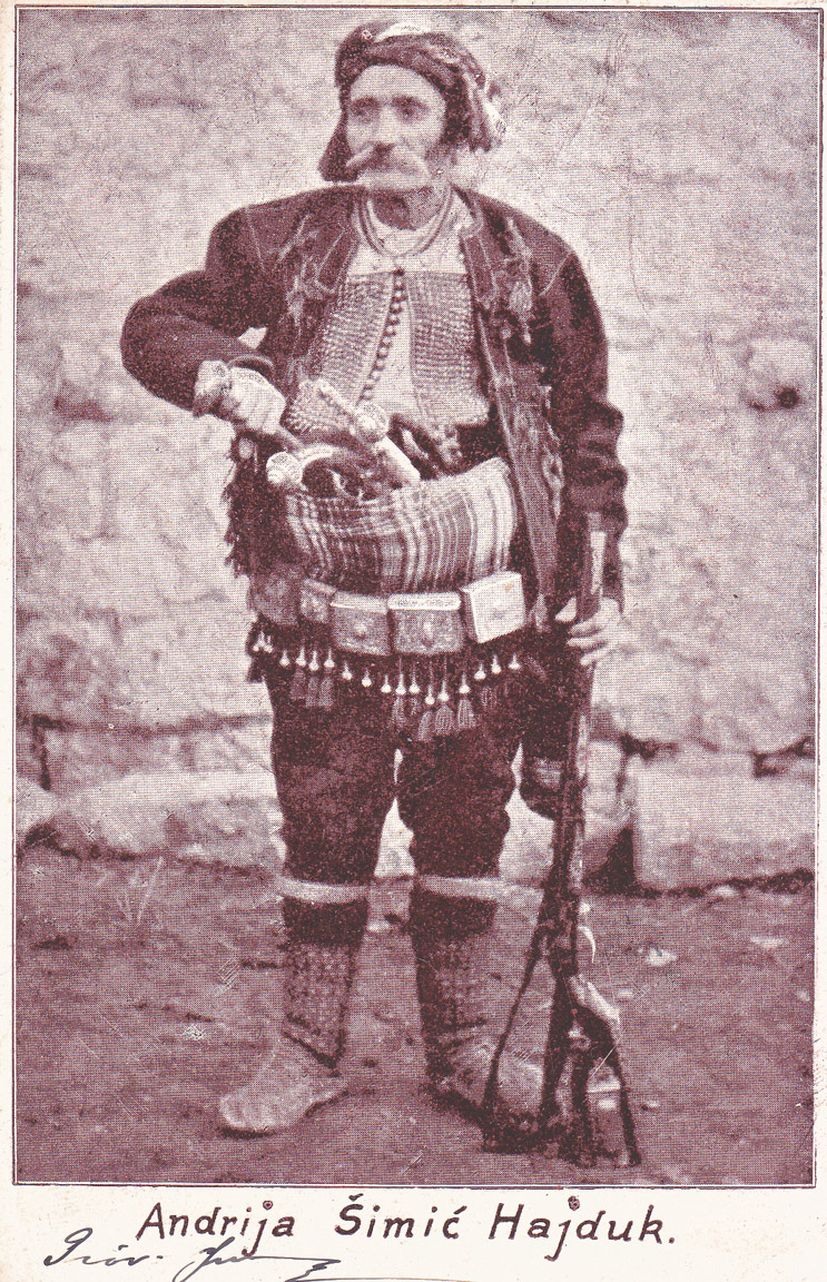
(Image: Forgotten Dalmatia)
After an investigation in Split prison, the trial to hajduks began on 16th June 1872. It lasted 22 days. It is important to mention that this was the first court hearing in Croatian language in Dalmatia. Šimić was sentenced to life imprisonment. During his time in prison in Kopar, he and his relatives filed several pardon applications, but they were all denied. It was only Šimić’s application, which he filed probably at the beginning of May 1901, that was accepted. The emperor pardoned him. Having served 31 years in prison, on 17th December 1901 Andrija Šimić arrived by ship to Split where he was greeted by a heap of delighted people on the Split waterfront.
According to popular folk tales, namely, Andrijica used to buy off the Ottoman’s land in order to build houses for people in Vinica, giving them horses and cows, which was the main reason they liked him in Dalmatian Zagora and Herzegovina, despite his criminal past. It was not surprising therefore, that he had a spectacular reception in Split.
Everyone wanted to see the living legend that day.In villages he was treated as a living legend, and people of Sinj made him their guest for seven days, proclaiming him even an honorary member of the Sinj Alka. It was on that occasion that this photograph was made where Andrijica proudly poses for the photographer. In 1905 he died and is buried in the village Runovići.
There was an interested story about one of Hajduk Andrijica sabers which he gave as a gift to family Bitanga in city Imotski. New generation of family members found this incredible artifact in 2012. This saber Hajduk Andrijica Šimić gave to DR.Augustin Bitanga in 1902 during his stay in their house Jagulov dvori where he had lunch as a guest of Dr. Augustin.
They hid it in 1945 after the whirlwinds of war, when the then communist authorities visited all houses and seized weapons. The saber was an extremely dear memory to the family, so they did everything to preserve it for future generations. It is strange that word of her location was lost in the family circle and it was found quite by accident. Today, he greets visitors and smiles at them from the entrance to the wine cellar.
How did it actually happen that the Hajduk Andrijica gave the saber to the family? One experience of Dr. Augustin´s eldest brother, Francesco Frane Bitanga (1818 – 1867), remained permanently recorded in the family. It was he who had a close encounter with the famous hajduk. Andrijica Šimić defected when he was suspected, without evidence, of stealing a horse and killing a Turk. There were no obstacles to his larceny, there was fear and trembling in the entire region on both sides of the border, but it was known that Andrijica also had a sensitivity towards the poor and that he was very moral.
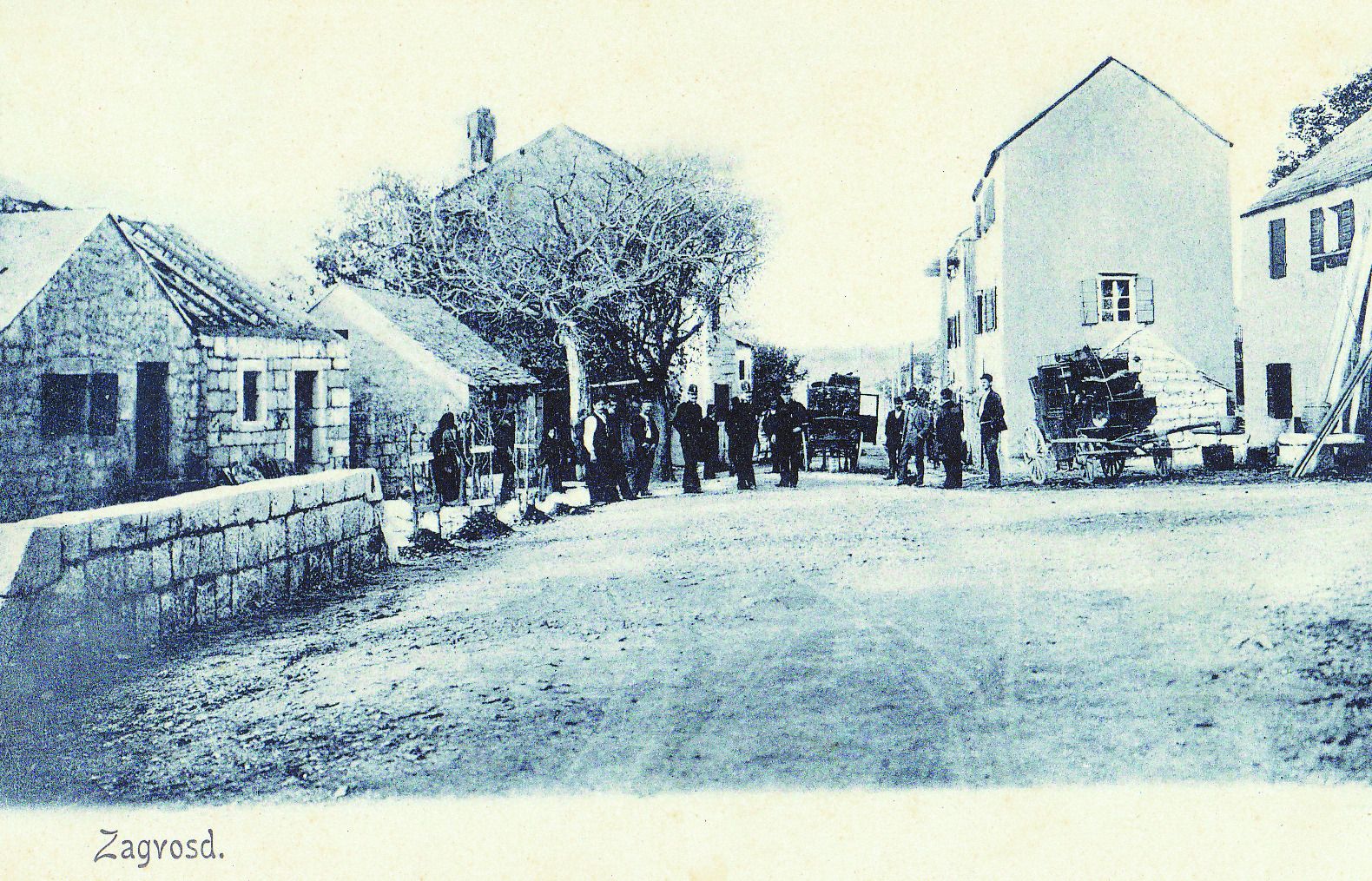
Zagvosd (Image: Forgotten Dalmatia)
The family to which he became a harambasha robbed mostly rich agas and begs, and others only as a last resort. Since Frane Bitanga was a clerk in the Municipal Tax Office, he often delivered municipal money as a delivery person, and on one occasion, Andrijica Šimić´s thugs intercepted him and robbed him.
Frane, even though he was a landowner, begged Šimić to return it to him, because if he handed over the money to the Municipality, he would be without a job and his large family would suffer as well (he had sixteen children in his marriage to Annamarija Nani from Split). Andrijica took pity and ordered his company to return the money so that Frane would not lose his job. Therefore, the Bitanga family always lived in the belief that they were indebted to Andrijica Šimić. In 1871, Šimić was betrayed and sentenced to a long prison term.
After spending thirty-one years in the Koper prison, he received an imperial pardon and was released in 1902 and came to Imotski. During his blackout, Frane wife Annamaria always said that if Andrijica ever came back alive from prison, he should be invited to the house and thus be shown honor and gratitude. However, when Frane Bitanga died, Andrijica was invited by his brother Dr. Augustin to lunch at Jagul´s palace, and the hajduk presented him with his saber.
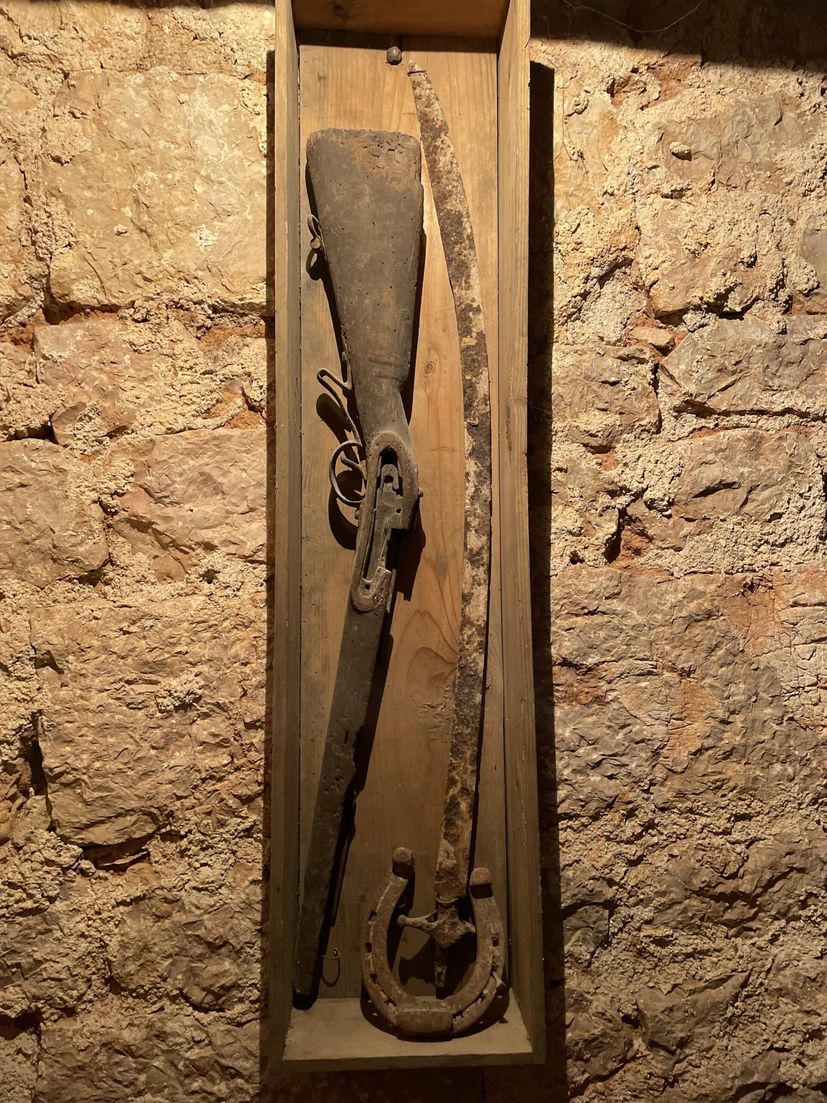
(Image: Forgotten Dalmatia)
At that lunch, Dr. Augustin´s children, and his niece Anđela, whose son remembered that visit and the disappointment he experienced. Namely, Andrijica – a hero whose physical and intellectual strength was widely talked about, came to Bitangi as an exhausted and stooped old man who could barely stay on his feet. The child was very disappointed by such an old man, especially because he had listened to the legends about the hajduk Andrijica, who could jump three or more meters from place to place or jump a horse high.
It is without any doubt that the charisma and glory of this hajduk played a great part when choosing the name of the Split’s football club Hajduk. One of the most interesting descriptions of Andrijica is written by Ivan Mimica (1862 – 1945) who wrote 3616 decasyllables while serving his punishment with Šimić in the Kopar prison and published them in 1894 in Split as a “Poem in five books on the work of Andrija Šimić”
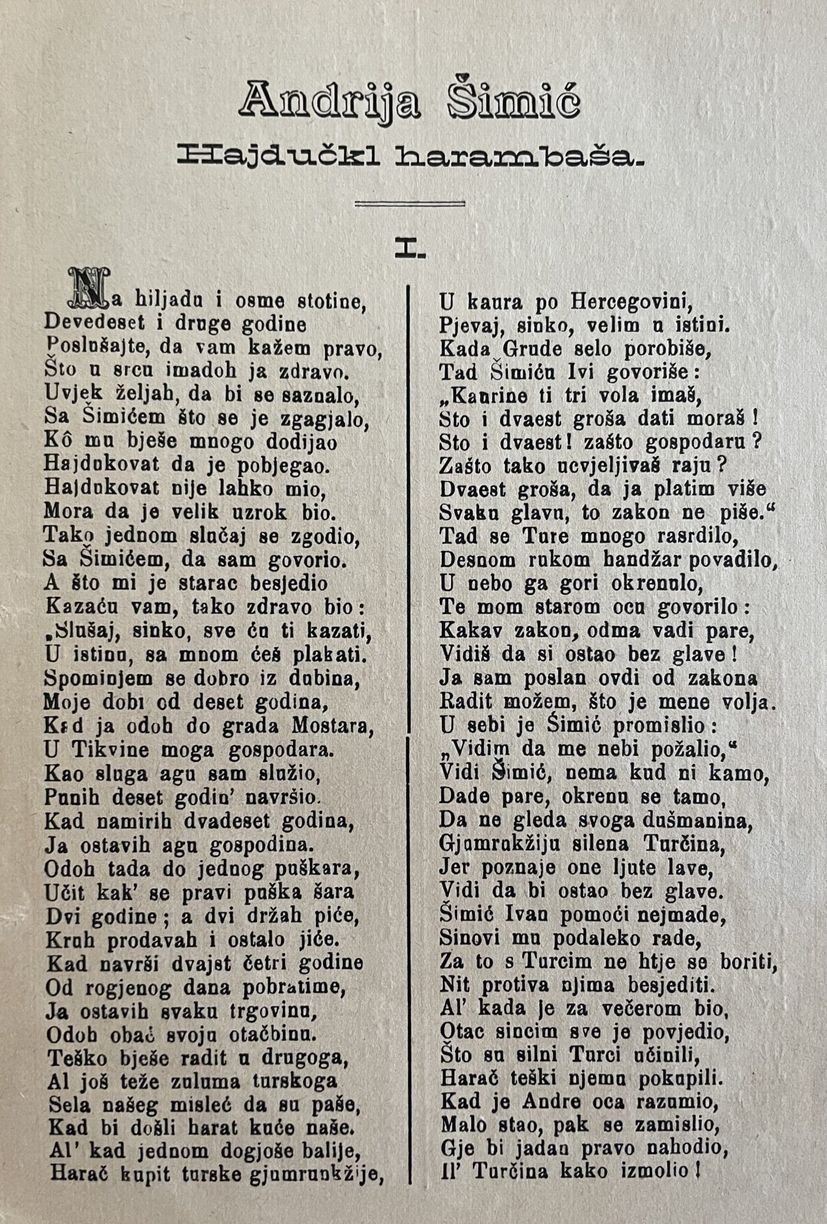
(Image: Forgotten Dalmatia)
He wrote:
“I have had the opportunity to meet Andrija Šimić and talk to him on many occasions… Šimić is a short old man, slightly bent towards the mother earth, with a high forehead, clear eye, expressive face and, surprisingly and unusually tough, wiry, alive, talkative and cheerful for his age. He is loved by his elders, and respected and honored by those who don’t love him. He gives good advice to everyone, turns everyone away from the evil and helps whenever he can. He knows cures for many diseases, knows how to interpret dreams, how to pray to God and many other good and nice things he knows. He just doesn’t know how to swear and knows no evil at all this man, raised among wolfs and hajduks, and carrying himself the hajduk title.”
Igor Goleš – Forgotten Dalmatia

